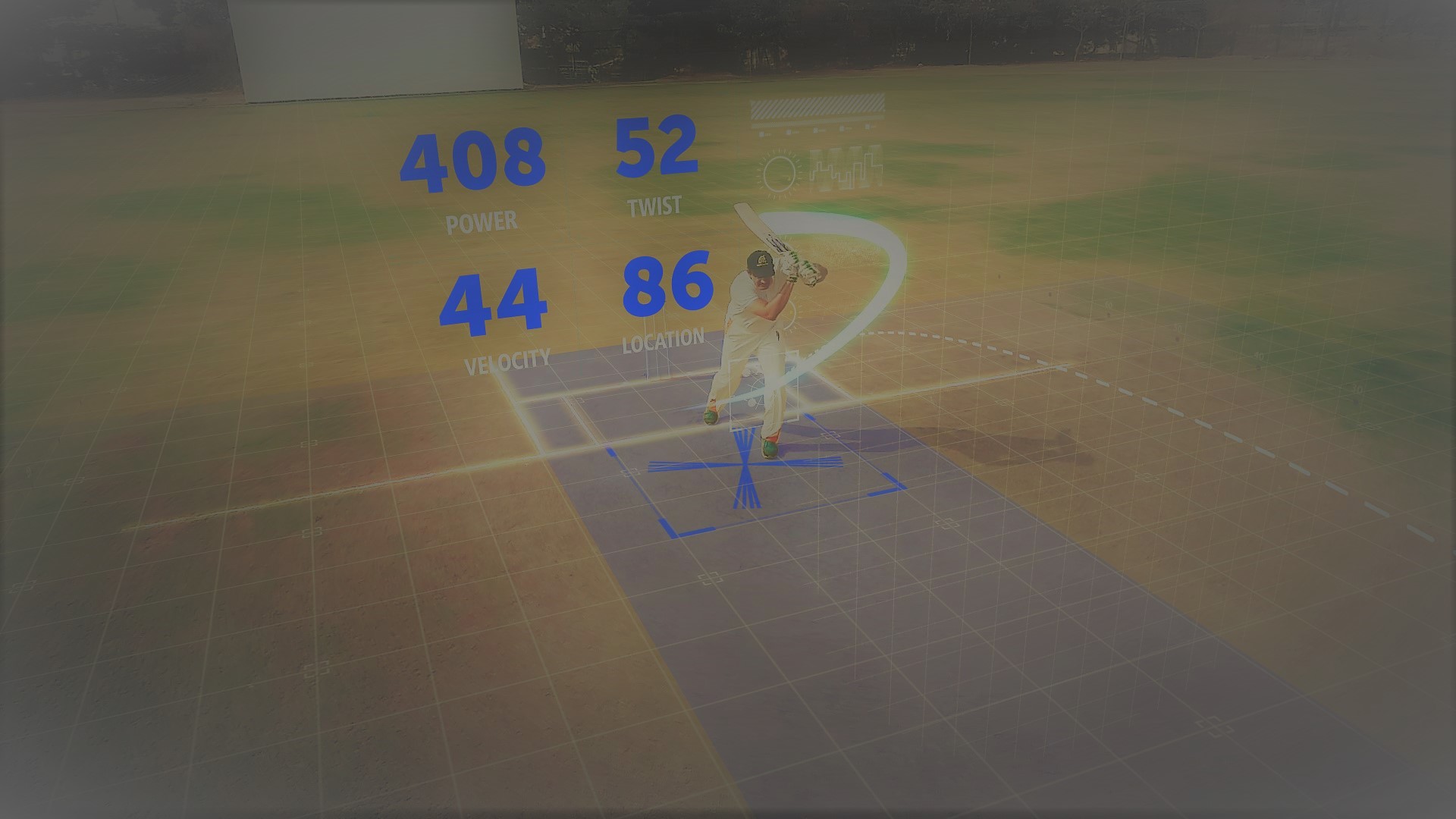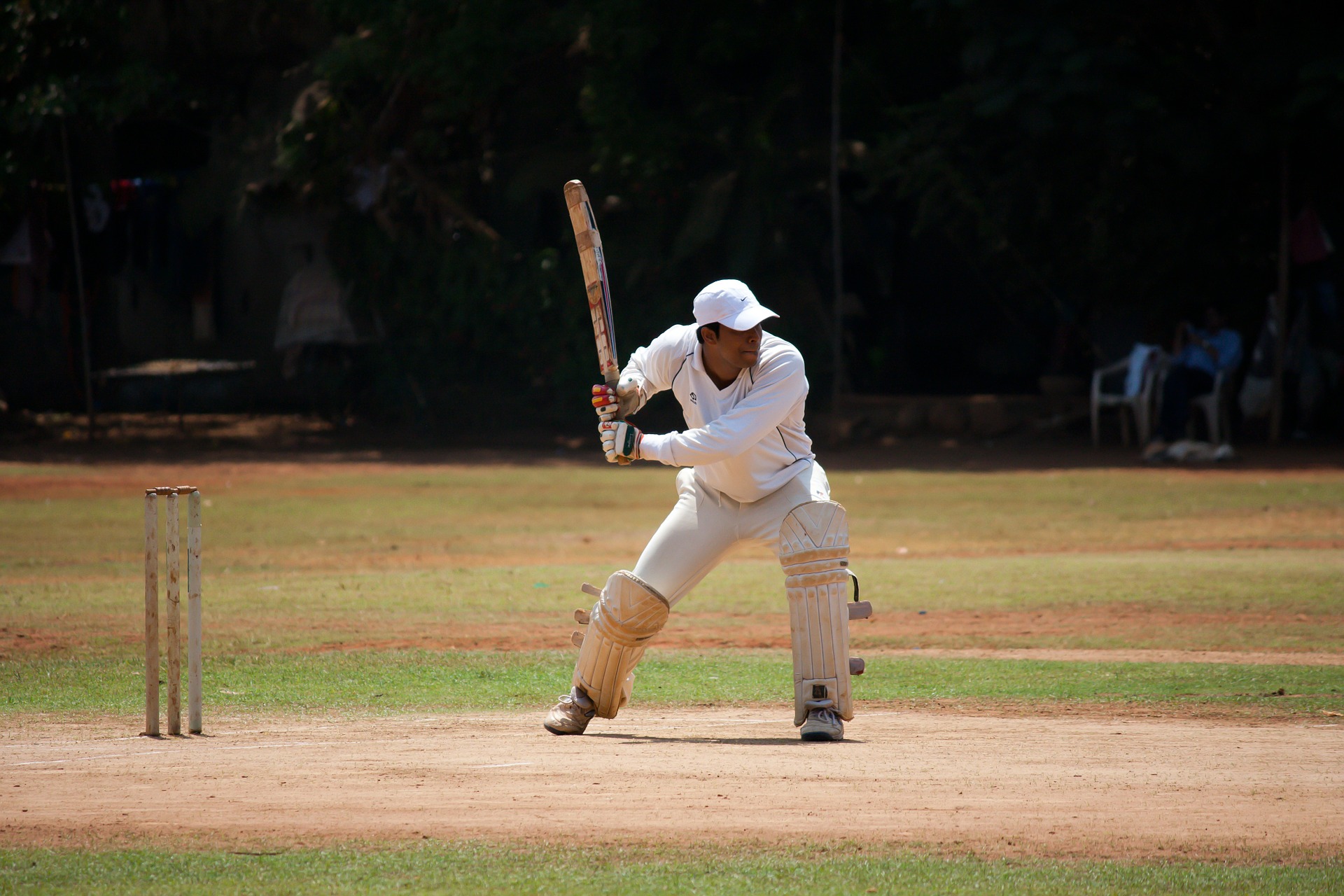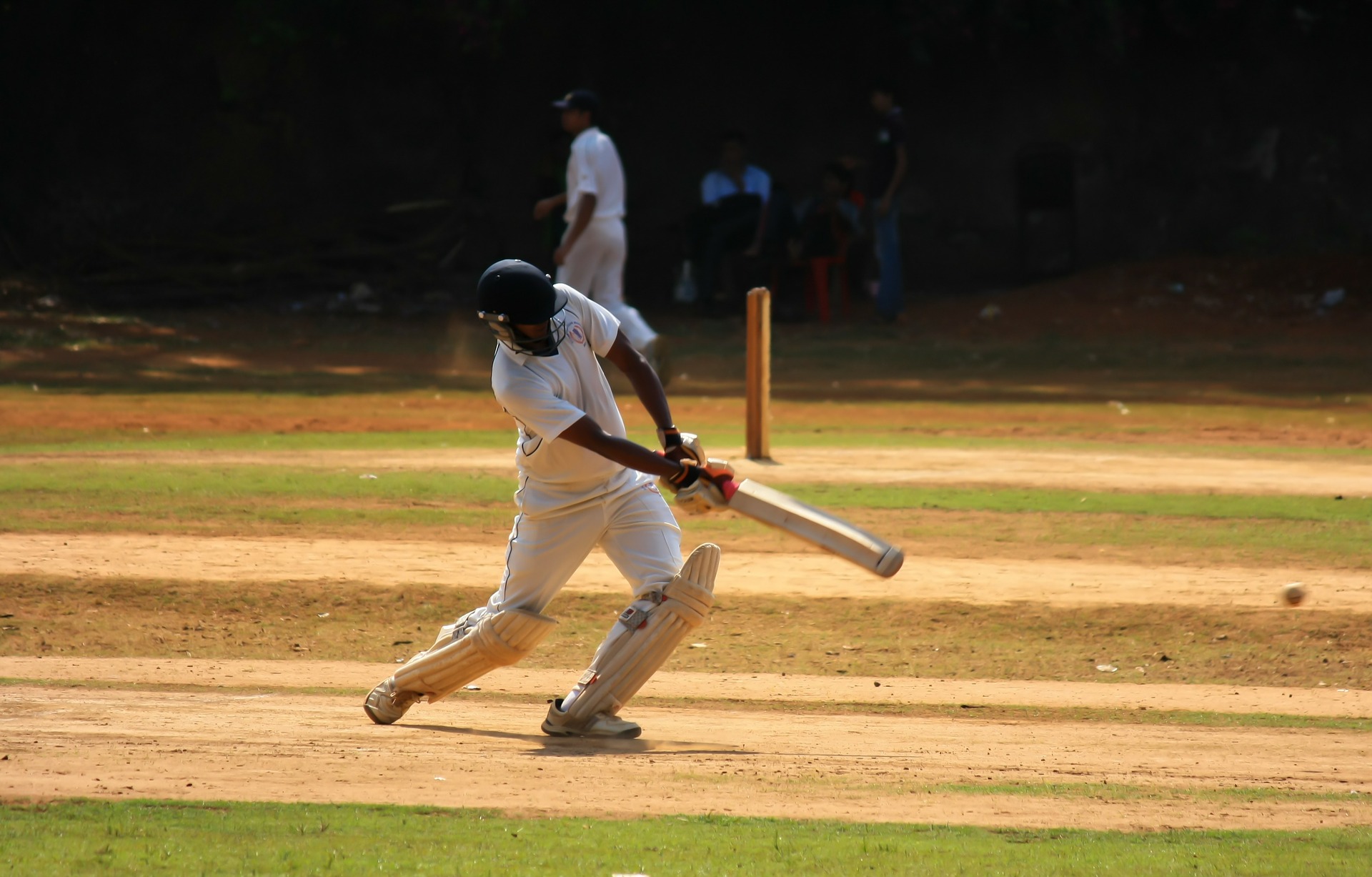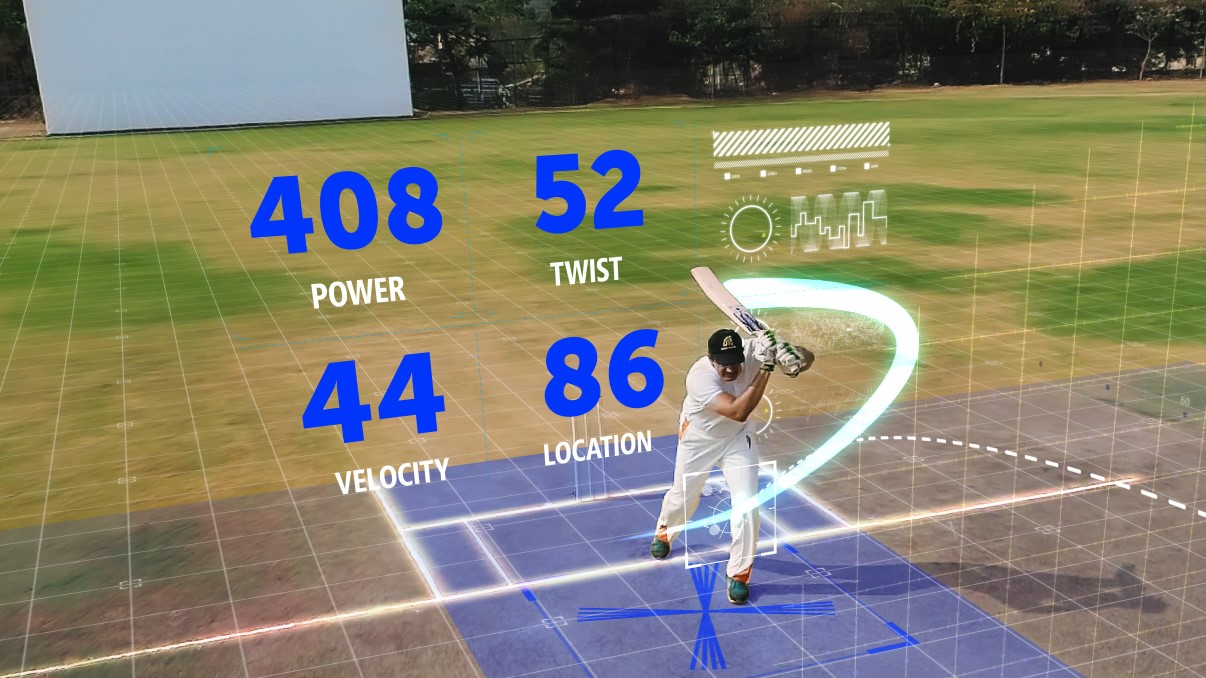
Four Ways to Generate Cricket Bat Speed for Power Hitting
England won the Cricket World Cup 2019 not by outscoring, but by outnumbering New Zealand on the boundary count. While the rules of winning the Super Over were modified later, one thing is evident - the concept of boundaries continues to remain the key Cricketainment factor in the shorter formats of the game.
How to ensure the ball travels the expected distance after impact? One of the key drivers is the speed generated on the bat swing during impact. In other words, the speed at which you swing your bat plays an important role in generating the necessary thrust to loft the ball for a four or six. Once you perfect the art of gripping and middling the ball, bat speed becomes a vital differentiator in how far you can hit the ball.
From the physics stand-point, here are some of the ways to increase bat speed.
1. Having a high backlift during stance:
Having a high backlift during batting stance allows for increased angular acceleration to be generated during the impact with the ball. Stance backlift allows for a downswing arc, thereby providing adequate time for your batting arm to generate the required bat speed. You can also use your wrist, along with your arm positions, to give more back lift. Players like Yuvraj Singh and AB de Villiers use a high backlight to full effect during power-hitting.
2. Playing with a Backswing:
Backswing (commonly used under the umbrella term "backlift") is the backward movement of the bat when the ball is released from the bowler. Backswing may be used as a complement or supplement to a stance backlift. With allowance for some rotary motion from your wrist, the backswing and the subsequent downswing can be performed as a continuous action (creating a loop). When used effectively, backswing can allow for greater downswing acceleration than stance backlift, as the bat is already set in motion. Players like Ben Stokes and Steve Smith use backswing to a good advantage in their shots.

3. Aligning the Body:
The downswing arc can also be increased by moving your body towards the ball. Strengthening your forearms may allow for faster swing of the bat. To increase the arc of the bat, you can also move the front foot and bring your leading shoulder forward, allowing for more control from the top hand to play the shot. Opening up the foot and rotating the body along the direction of the shot also allows for increased circular rotation of the bat. Players like Hardik Pandya and Glen Maxwell use the body arc to enhance the bat speed while deploying the power shots.

4. Optimizing Bat Weight:
While heavier bats allow for more force on the shot, it might slightly decrease the potential speed that can be generated during the downswing. On the contrary, very light bats may not carry enough energy and momentum as a heavier bat, and thus may not help you in lofting the ball beyond the boundary line. Since the length of swing directly correlates to the arm movement, using the right bat weight that does not make a difference in the swinging speed would greatly improve the effectiveness of the shot. Players like David Warner (~1.24 kgs), MS Dhoni (~1.27 kgs), Virender Sehwag (~1.35 kgs), and Chris Gayle (~1.36 kgs) have all played with heavier bats.
Measuring Bat Speed:
Unlike bowling speeds, the speed of the bat played by the batsman is still anybody’s guess, even in international cricket matches. With range-hitting becoming an essential feature of the game, measuring bat speed becomes critical to the analysis-improvement cycle. Spektacom’s PowerBat sticker (PowerSticker) has smart sensors that will allow you to measure the speed of the bat at the time of impact with the ball in real-time. This data can help you to adjust the batting technique to different bowling conditions and against different types of bowlers.



Comments